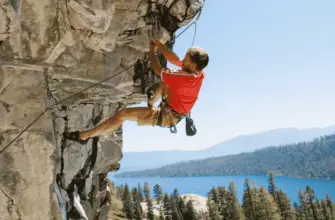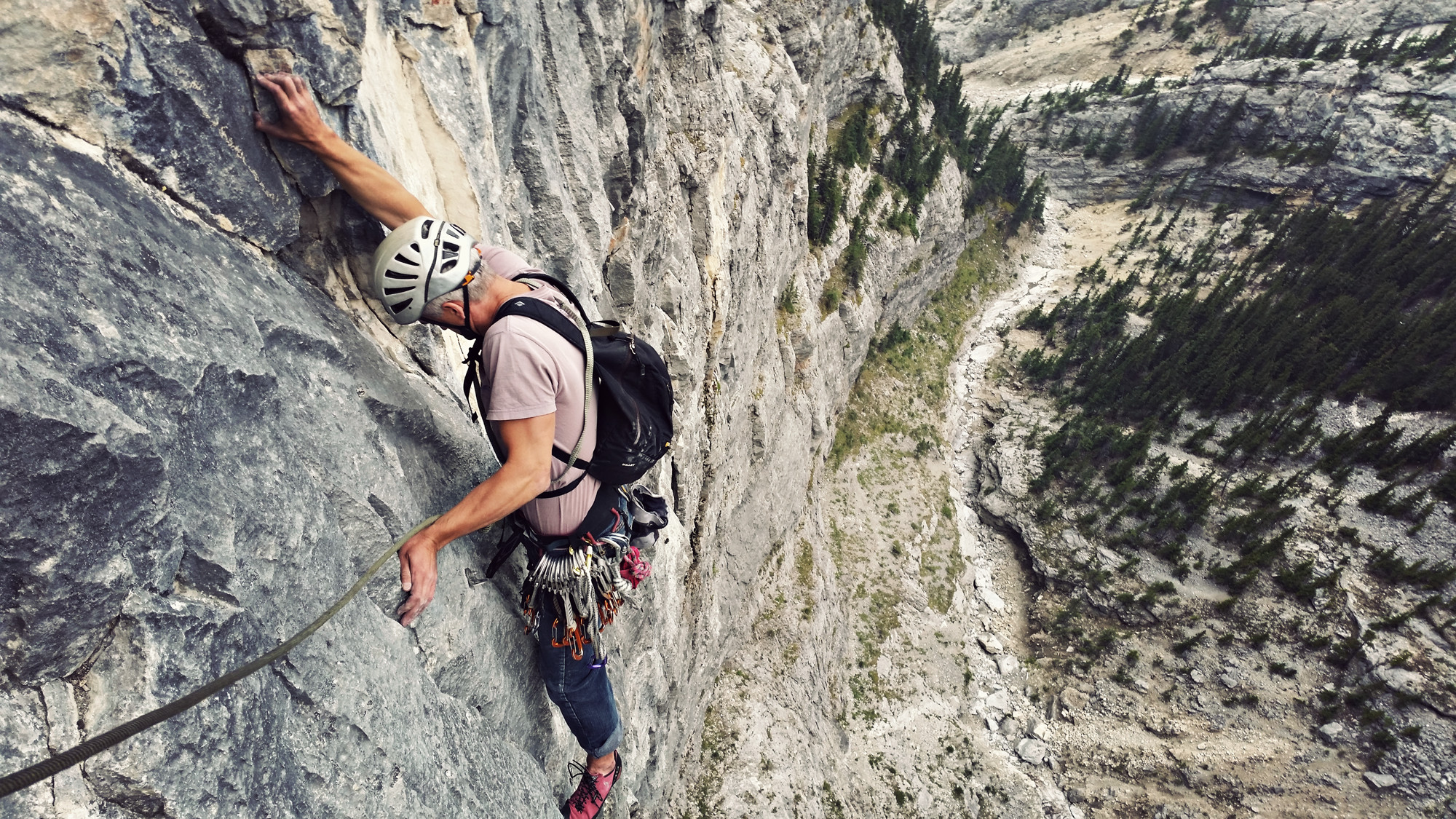
How dangerous is Rock Climbing? Sports, whether played for pleasure or as a support system, can either be extremely dangerous or generally safe, depending on what you’re doing and how cautious you are. The same holds for indoor and outdoor rock climbing.
If you are not careful, things might not work out nicely. This article will cover the safety of rock climbing, including both indoor climbing and outdoor rock climbing as well as employing ropes, harnesses, and other equipment, in contrast to bouldering and free solo climbing.
- What is bouldering?
- How dangerous is outdoor bouldering?
- Can you die while bouldering outdoors?
- What are the most common bouldering injuries outdoors?
- What is sport climbing outdoors (lead climbing)?
- Is lead climbing dangerous?
- What are the most common sport climbing injuries outdoors?
- Are indoor climbingand indoor bouldering dangerous?
- Is outside lead rock climbing dangerous?
- Do new climbers or experienced climbers have more rock climbing accidents?
- What makes rock climbing safe?
- The most serious risks of rock climbing
- The five most common rock climbing deaths
- Leader falls
- Loose rock and rockfall
- Climbing unroped
- Rappelling
- Weather and hypothermia
- How to stay safe when rock climbing
- Conclusion
- FAQ
- What is the most dangerous form of climbing?
- Is rock climbing safer than driving?
- How dangerous is rock climbing compared to other sports?
- Can you climb rocks by yourself?
- Which free solo climb is the highest?
- How many fatalities are caused by rock climbing?
What is bouldering?
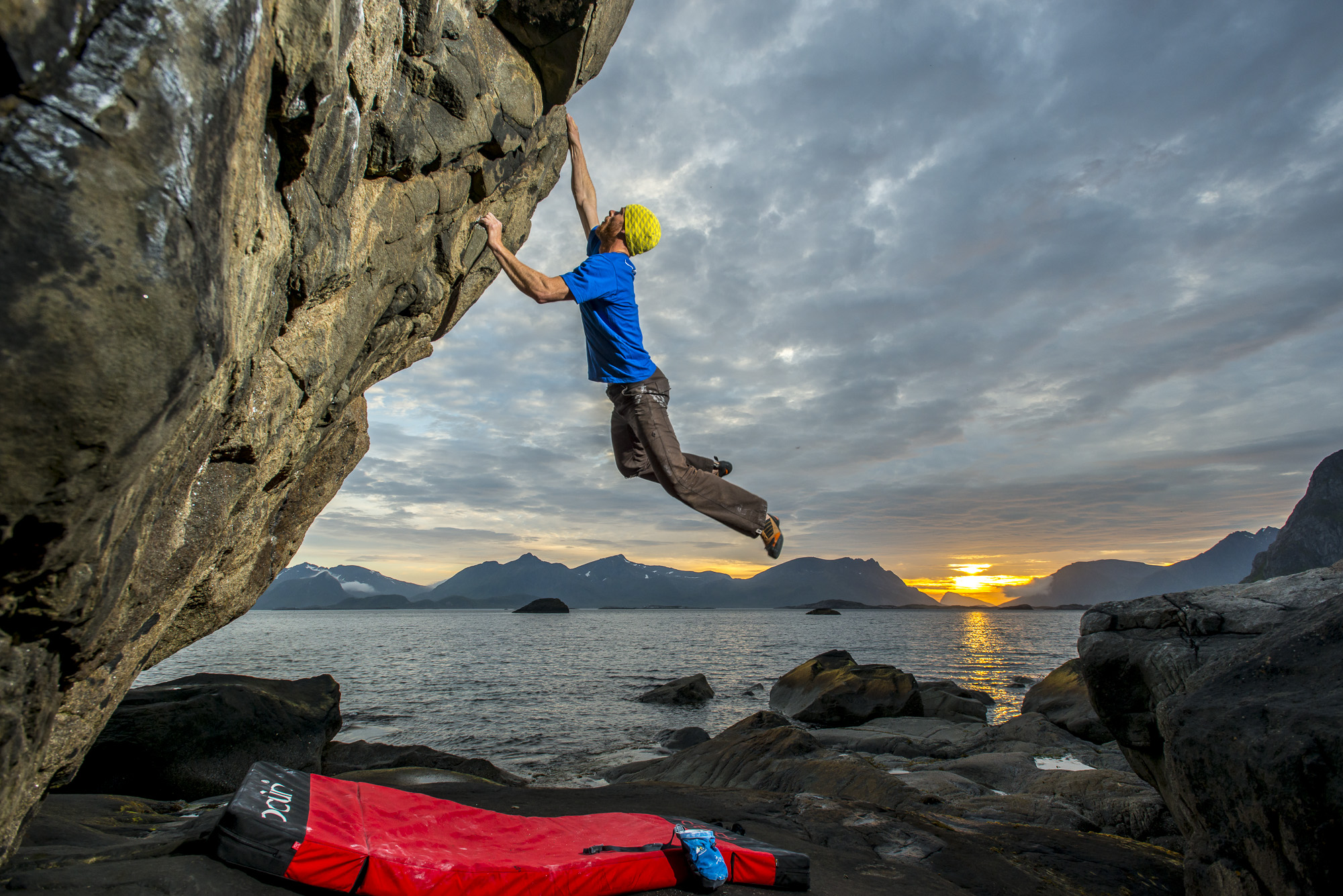
When bouldering, climbers make a limited number of movements at their highest level of physical exertion at low heights, typically between 8 and 15 feet high. Bouldering just calls for climbing shoes, a crash pad, and sometimes a beanie, so the chance of something breaking is essentially nonexistent.
How dangerous is outdoor bouldering?

It appeared that most climbers believed they were facing death every time they went outside.
Bouldering outdoors is done without any safety gear or floors covered with mats. There is a small risk that you could miss the landing pads when bouldering outside if you don’t use a spotter or if you make a mistake.
Because you are just 13–14 feet above the earth, outdoor bouldering is equally as risky as the majority of extreme sports. Although outdoor bouldering is more difficult than rock climbing and carries a far higher risk of minor injuries, it is extremely rare for a climber to pass away while bouldering outside.
If you’re in an unoccupied area suited for climbing, one advantage of outdoor bouldering over indoor bouldering is that you often don’t have to worry about people falling on you.
Can you die while bouldering outdoors?
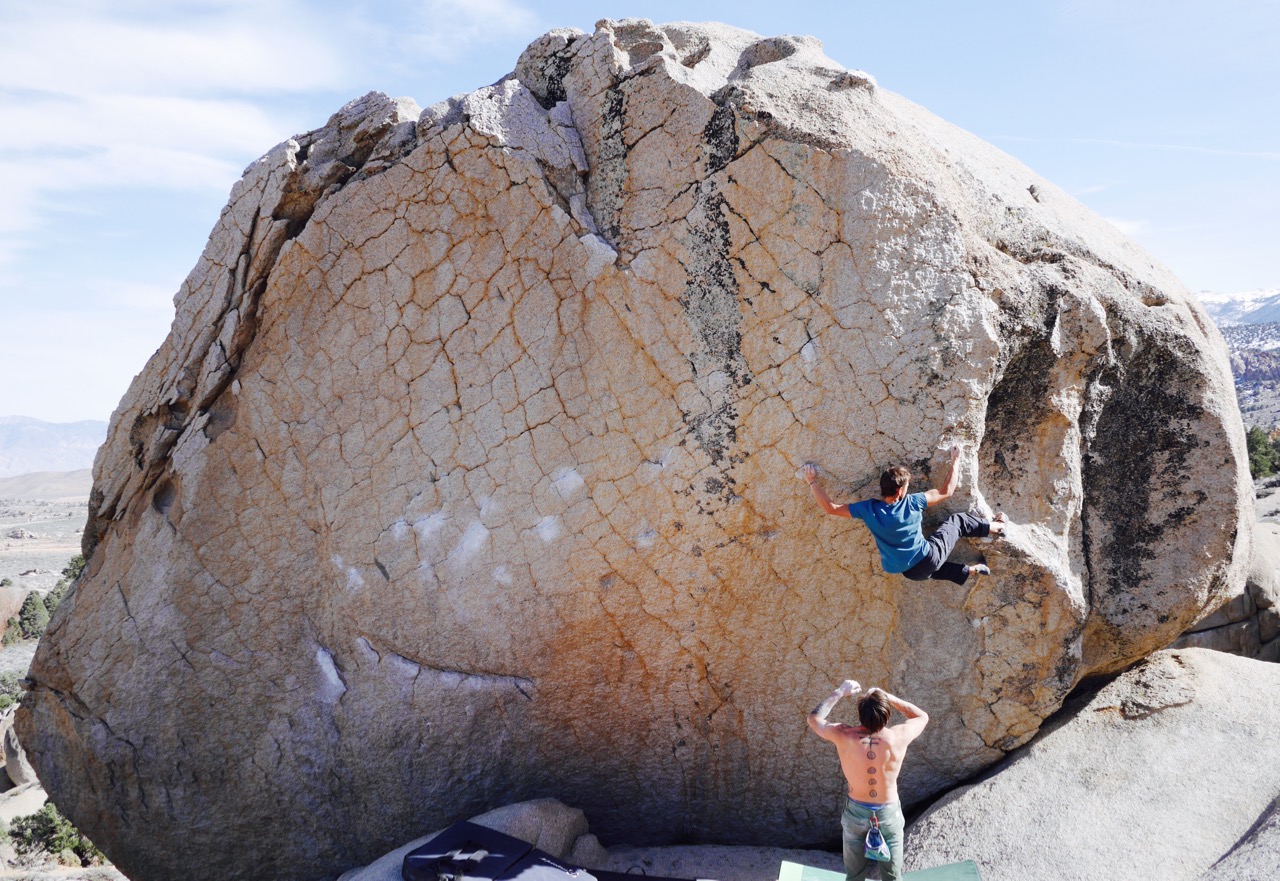
It goes without saying that deadly accident while bouldering outside is quite rare. When researching this subject, neither the scientific journal articles nor the search engines used found any proof of bouldering fatalities (indoors or outdoors).
What are the most common bouldering injuries outdoors?
Is outdoor bouldering dangerous?

Outdoor bouldering is the type of climbing that is most likely to result in minor injuries, even if it is exceedingly improbable that you will pass away while doing it. Throughout a year-long study, the majority of outdoor boulders hurt themselves, according to researchers.
However, ascending was much more often than falling to cause injuries (81% vs. 23%). The majority of mishaps when climbing (61%), as one might anticipate when pulling firmly on small holds, included finger injuries. Though far less frequent, ankle injuries made up the majority of fall-related injuries (13%).
Actually, there were fewer fall-related injuries than during indoor bouldering. 10% of climbers also sustained injuries when spotting. There were no criteria for risking injuries, such as previous climbing experience, gender, the use of crash pads, or the normal height of boulders climbed.
The takeaway from this is that the impact on your soft tissues when attempting overly difficult techniques is the most hazardous aspect of outdoor bouldering. Avoid a fractured ankle by warming up properly and making sure you spot your friends correctly.
What is sport climbing outdoors (lead climbing)?
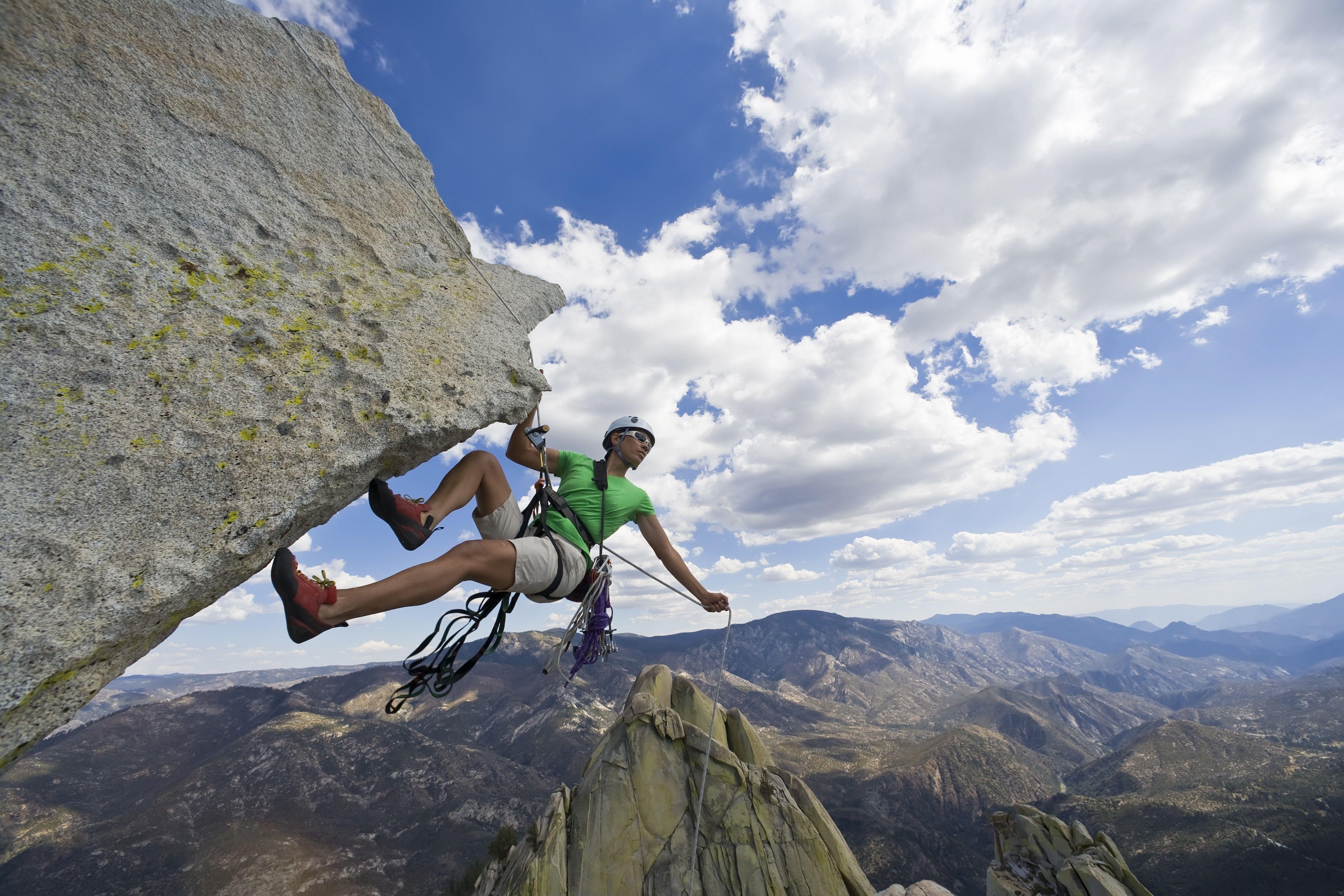
Outdoor sport climbers scale naturally occurring cliffs that are typically 35–100 feet high and already equipped with drilled anchor bolts. Sports climbers protect their falls using harnesses, ropes, carabiners, and a belay device.
Although a climber will frequently fall while lead climbing outdoors on sports routes, catastrophic injuries are uncommon.
Most of the well-known crags for outdoor sport climbing have been designed to reduce obvious threats. When bolts are correctly fitted and spaced by modern regulations, there is little chance of taking a ground fall or suffering broken bones.
To allow climbers to experience the athletic challenge of putting together a sequence of challenging climbing moves, the majority of outdoor sports climbing sites are designed with safer climbing in mind.
Is lead climbing dangerous?

The chance of falling increases as you reach 30 feet above the ground, making outdoor lead climbing the second-most risky type of climbing after free soloing. Most lead climbing accidents are caused by human error and overconfidence; however, some are also due to defective equipment.
What are the most common sport climbing injuries outdoors?

Sport climbing outdoors has extremely few fatal incidents, but there are a lot of soft-tissue injuries that are frequently brought on by overuse and tension. 25% of outdoor sports climbers will experience an injury at some point in their careers.
According to research, there are roughly 0.2 injuries per 1000 practice hours for sport climbing outdoors. Less than 1% of these injuries result in death, and about 80% of them heal completely.
A comparable study that examined incidents reported in the Austrian Alps discovered that deaths occurred in 2.3% of sport climbing crises, although no deaths were documented for falls of less than 30 feet.
Are indoor climbing and indoor bouldering dangerous?
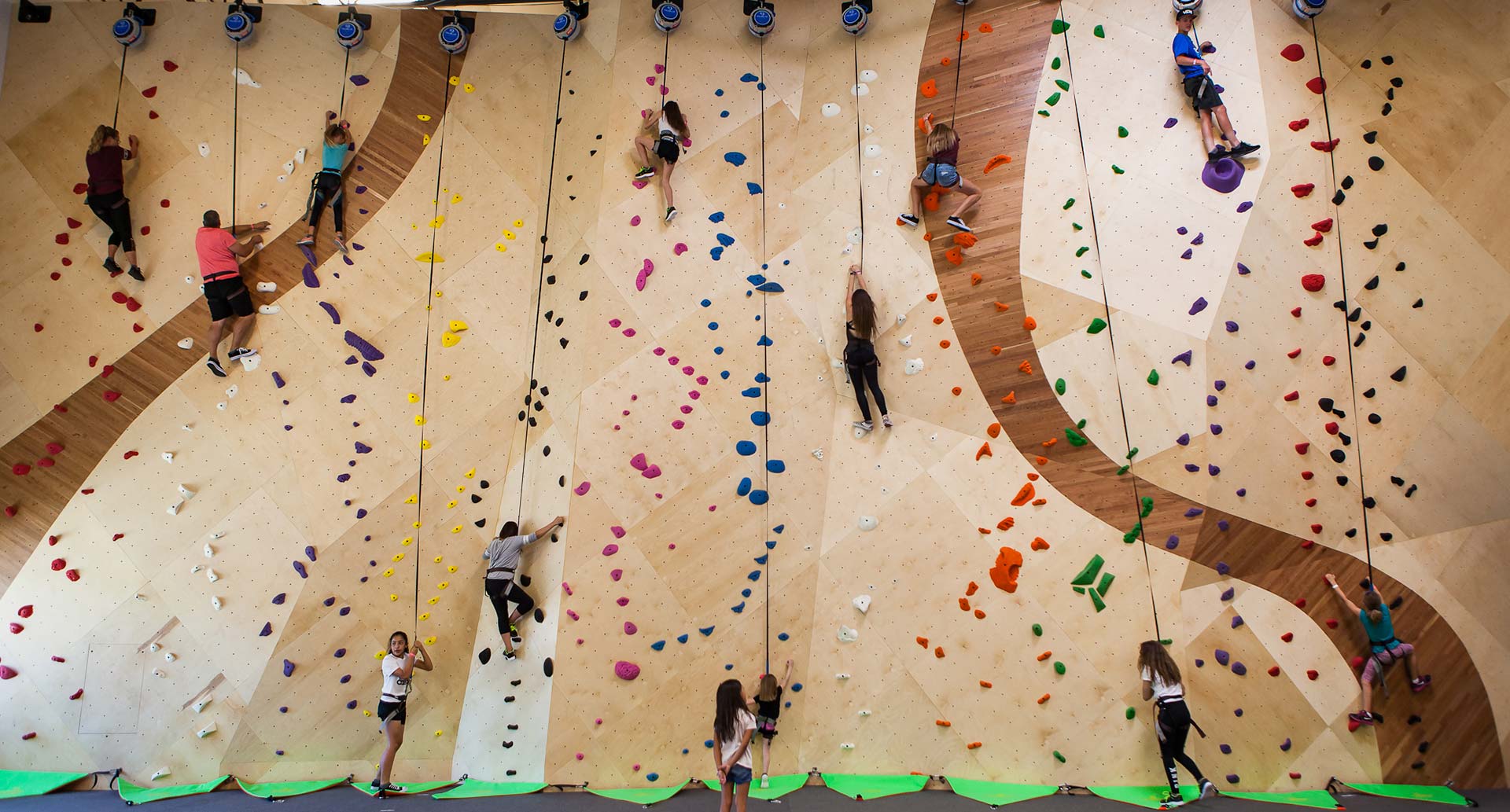
Indoor bouldering is usually more dangerous than indoor lead climbing, but less dangerous than outdoor bouldering.
Indoor lead climbing is normally relatively safe as long as the equipment is in good functioning order and is installed correctly. However, things can go awry because of complacency. However, it doesn’t happen very often.
Because the fixes are less likely to fall away, lead climbing indoors is typically safer than outside. A major injury is also less likely to happen if you strike the wall as opposed to hitting yourself against a rock wall.
A roped indoor lead climbing gym allows you to enjoy all the athletic movement of sport climbing without the inherent risks of lead climbing on a natural rock wall, such as rockfall and unregulated equipment.
Indoor climbing (both indoor climbing and indoor bouldering) at your local climbing gym is relatively safer, thanks to the auto-belaying systems, landing pads, and trainers.
Is outside lead rock climbing dangerous?
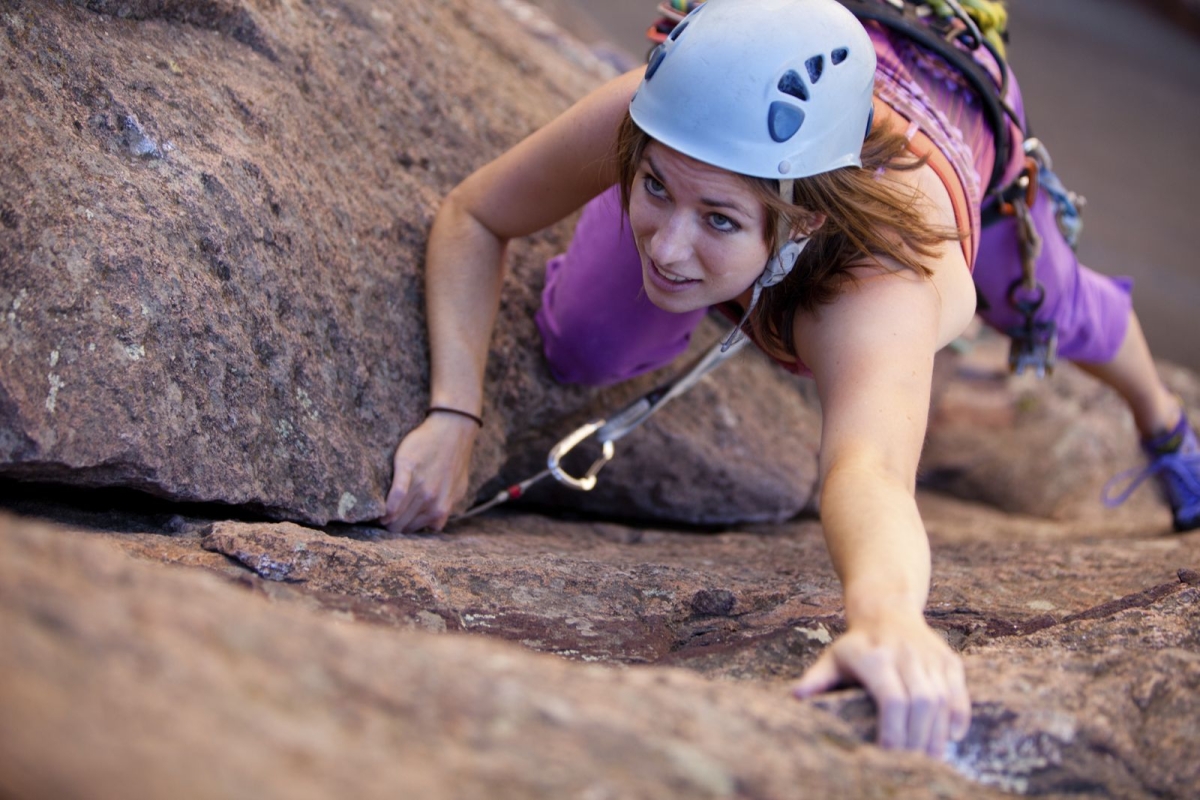
If the equipment the climbers are using breaks, outdoor lead climbing can be dangerous. Lead climbing is quite safe if the right safety precautions are taken. Keep in mind that when lead climbing outdoors, helmets are your best friend!
The ego of a more experienced climber might be fatal. Safety should always come first, but occasionally, it is disregarded due to someone’s unconscious arrogance, which can lead to climbing injuries or, worst yet, death.
You would probably not survive the fall from a height of over 30 feet above the ground; thus you must be very careful while placing your fastening and use dependable equipment.
Because you’re so accustomed to being on the wall, you can occasionally forget how hazardous it can be if something goes wrong.
Do new climbers or experienced climbers have more rock climbing accidents?
Experienced climbers are more likely than beginners to have received a serious injury. This might be the case because a more experienced climber is more likely to be pushing their bodies to their physical limits.
However, according to data from the French Federation of Mountaineering and Climbing, the majority of these accidents occurred when the climbers were only beginning their careers in the sport. What’s more is that most rock climbing accidents and deaths are due to human error of some kind, not a gear failure.
The researchers found that the most frequent causes of lead climbing accidents among these inexperienced climbers were rock climbers trapping a foot behind the lead rope or a harsh catch when belaying.
What makes rock climbing safe?

Anyone unfamiliar with the sport, its protocols, and the safety gear in use may believe that it is only for those who have suicidal tendencies or who wish to end their lives as quickly as possible. But in reality, it isn’t. Despite the climbing danger, the fact that so many people continue to engage in it indicates that it still has a lot of appeal.
There are several strategies to reduce the rock climbing danger that a non-practitioner cannot see. Self-awareness is a necessary component of rock climbing, solo climbing, outdoor bouldering, or any other type of climbing for that matter.
Because of the risk involved, potential climbers will do their homework and get ready for the challenges ahead before beginning the rock climb.
Even when hiking on relatively simple obstacles and flat terrain, injuries occurred. On the other hand, those climbers who took on a more difficult route were secure and largely unharmed.
The most serious risks of rock climbing

How dangerous rock climbing really is? Most climbing accidents can be lethal or result in serious injury, whether it is done indoors or outdoors. This encompasses all varieties of rock climbing.
- If you fall awkwardly, you could break bones, tear or stretch ligaments, snap tendons, and pull muscles.
- An extremely high fall into a hard surface below can result in serious injuries, or even worse, death.
- Injuries, whether severe or mild, can result from being dropped on by someone above.
- Injuries brought on by poor technique or just plain bad luck can also play a role.
- The failure of equipment, like a carabiner snapping, can be fatal.
The five most common rock climbing deaths
Is rock climbing dangerous? There is no other way to put it than that climbing is risky and that you run the risk of dying every time you go. The good news is that human mistake is directly responsible for the majority of climbing-related injuries and fatalities, making them preventable. Climbing mishaps and fatalities are brought on by ignorance and inexperience.
Don’t think you know anything if you don’t. Learn from a seasoned mentor, double-check all of your climbing apparatus, remain vigilant for potential threats, and constantly be mindful of your climbing safety. You are in charge of keeping yourself secure. Dangerous rock climbing can be dangerous for a few reasons.
Leader falls
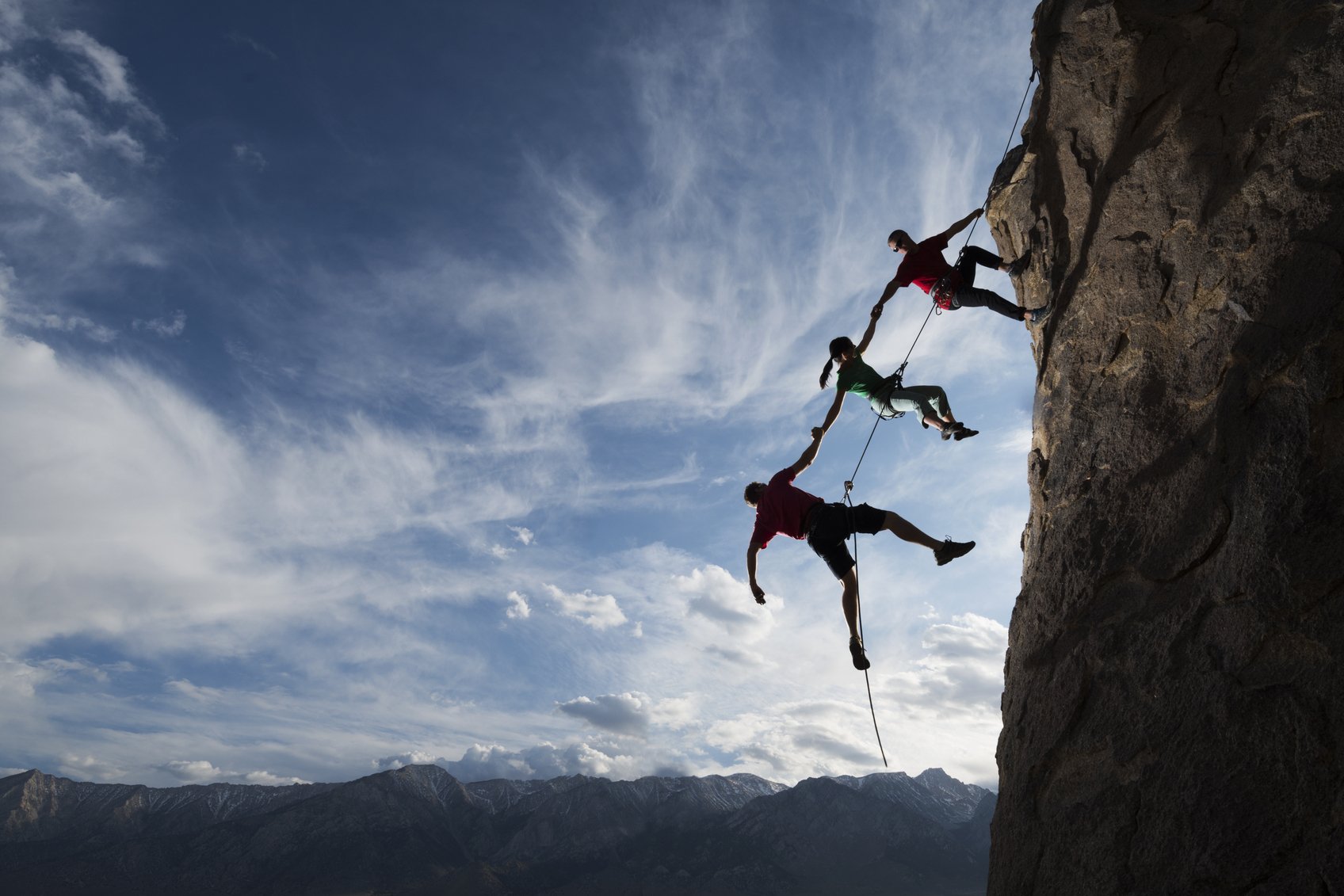
Climbers fall for a variety of causes, including difficult techniques, getting hyped up, and broken holds. The majority of injuries result from head-first or sideways falls that break the neck or fatally harm internal organs.
Keep in mind that installing safe protection and climbing action are two completely separate skills that are interconnected and essential to your survival. To climb safely, you need both of these things. It doesn’t follow that you should lead 5.11 routes requiring protection expertise just because you can climb 5.11. Reduce your limits after being aware of them.
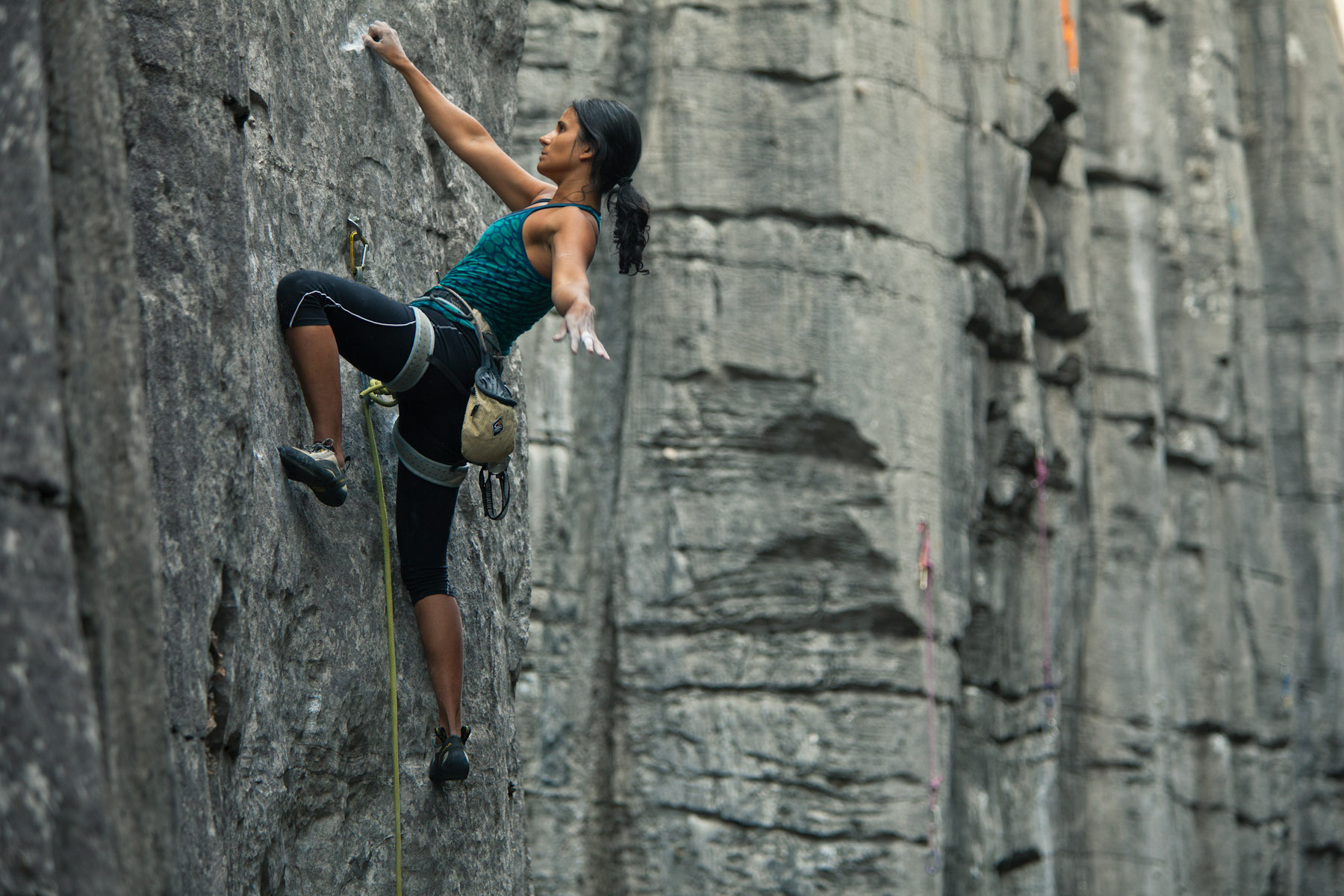
Loose rock and rockfall
Big blocks and boulders on ledges are all examples of falling rocks that may be found on cliff faces. Much of this material is ready to fall off even when we climb extremely cautiously.
Rocks falling from above are a major cause of climbing-related injuries and fatalities.
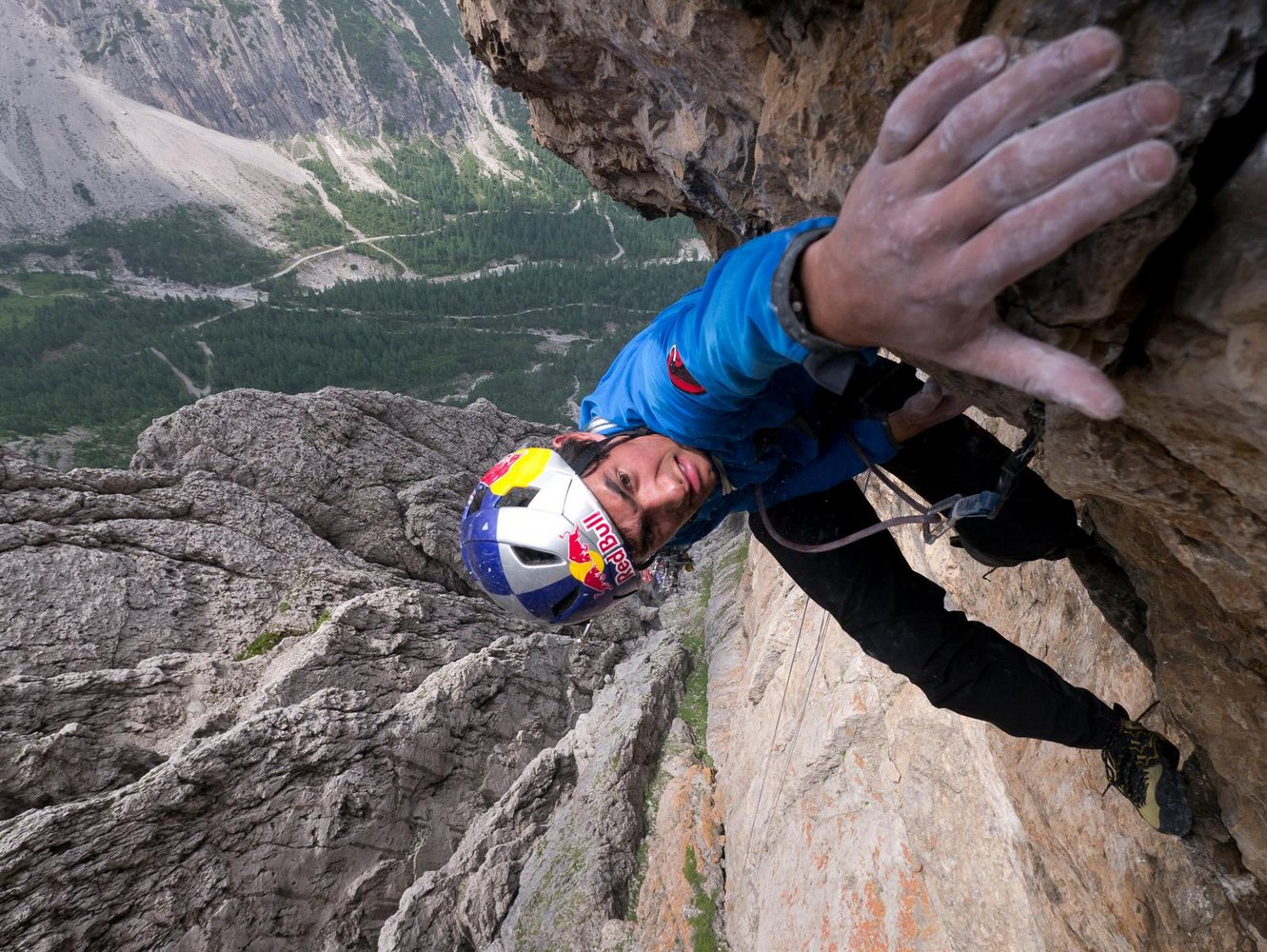
- You must always be on alert since loose rock might be found anywhere.
- Be extra cautious when climbing ledges and in gullies.
- Be mindful of where you set your gear.
- Pay attention to how your rope travels across uneven ground.
- Be mindful of where you place gear in rotten rock since if it fails, the loose rock will shower everyone below.
- Pulling rappel ropes should be done with caution, standing to the side, and climbing over other parties should be avoided.
Climbing unroped

How dangerous rock climbing can be?
Although free-soloing or unroped climbing can be a lot of fun, it can be dangerous —no, it can even be very deadly. A climbing falls when soloing almost invariably results in death.
By just adhering to the recommended safety procedures, utilizing a rope, and wearing safety equipment, all of these accidents may be avoided.
Rappelling
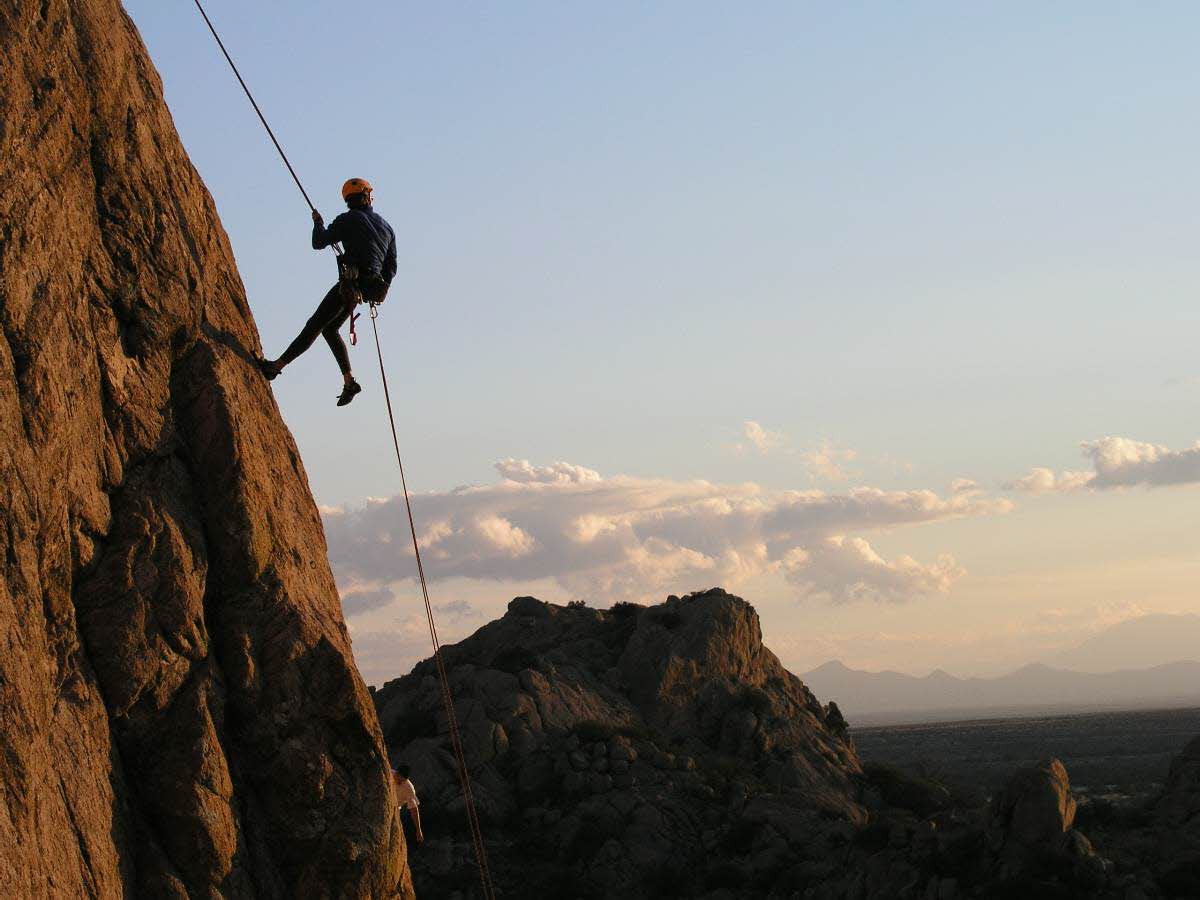
Rappelling is one of the riskiest climbing techniques because the climber must rely only on the gear and anchors to glide down the rope safely. Since most climbers fall far after losing their grip on the rope or if the anchors fail, most rappelling incidents result in fatalities.
Most fatal rappelling incidents are caused by human mistakes, and the majority of those deaths can be avoided by exercising caution and double-checking everything. Statistics show that experienced climbers should rappel carefully rather than in a carefree manner.
Tie stopper knots at the end of each rope, and double-check that both ropes are securely fastened in your rappel device.
Weather and hypothermia
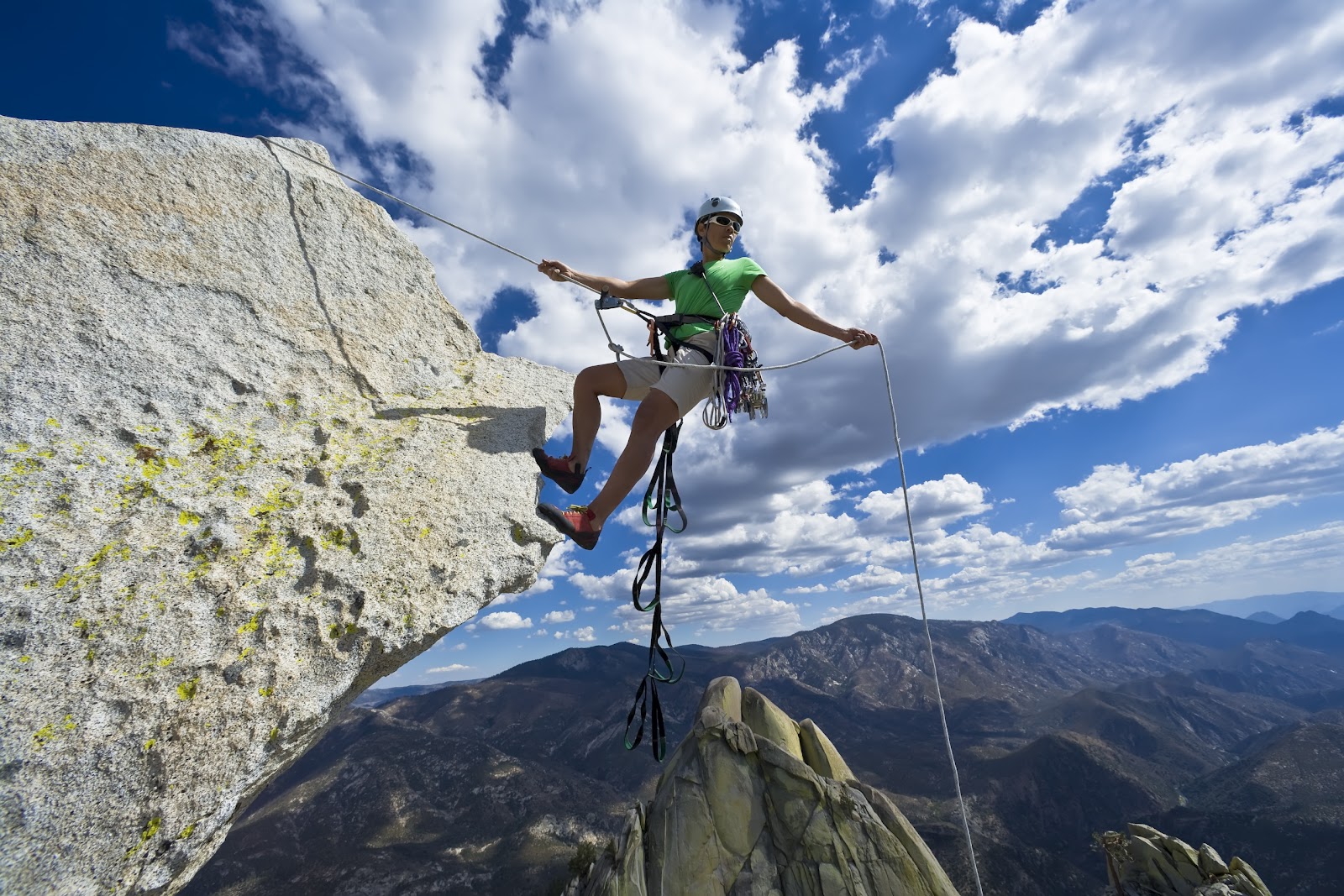
Many climbers are killed by the elements and other environmental hazards. On clifftops, climbers are struck by lightning. It’s wise to avoid taking the weather too lightly, especially in the highlands.
Even on a sunny, calm day, severe storms might develop at any time. Intense thunderstorms can produce freezing runoff, including waterfalls over cliffs that can drench climbers, along with strong winds, hail, heavy rain, and even corn snow or graupel.
Rain and damp clothing can cause hypothermia, a sharp drop in body temperature, which can lead to poor judgment, dropped gear racks, careless errors, and stuck ropes.
How to stay safe when rock climbing

The following are some important steps you should take for staying safe when rock climbing:
- Take rock climbing skills classes with a trained professional.
- Wear a helmet, even when on the ground.
- Take good care of your ropes by cleaning them and inspecting your ropes and other gear regularly.
- Wear well-fitting climbing shoes and a harness.
- Climb with people you can trust, and belay properly.
- Check the weather before you go and stick to dry days for outdoor climbing.
Conclusion
Is rock climbing dangerous?
The level of risk involved in rock climbing will depend on the climber’s risk tolerance and ability to handle all potential hazards. Even though the sport employs a lot of safety procedures and risk-reduction techniques, it is typically regarded as being relatively safe for everyone.
If you follow proper safety procedures and keep your gear in good condition, rock climbing is one of the sports least likely to get you injured.
Good communication, safety checks, and careful protection—everything from placing gear in easy terrain to making a plan with your climbing partner—can keep climbers of all skill levels out of trouble.
FAQ
What is the most dangerous form of climbing?

Rappelling is one of the riskiest climbing techniques because the climber must rely only on the gear and anchors to glide down the rope safely. Since most climbers fall far after losing their grip on the rope or if the anchors fail, most rappelling incidents result in fatalities.
Is rock climbing safer than driving?
Rock climbing is actually safer than driving! It’s mind-boggling, but it’s true. The deaths caused by rock climbing every year (1 in 12,000) are 33.33% lower than the deaths by driving accidents per year (1 in 9000).
How dangerous is rock climbing compared to other sports?
Compared to other sports (ball sports, skiing), the risk of injury in climbing is relatively low. In bouldering – “minor” injuries (falling on the mat) are more common. In climbing – injuries are less frequent but often more severe.
Can you climb rocks by yourself?
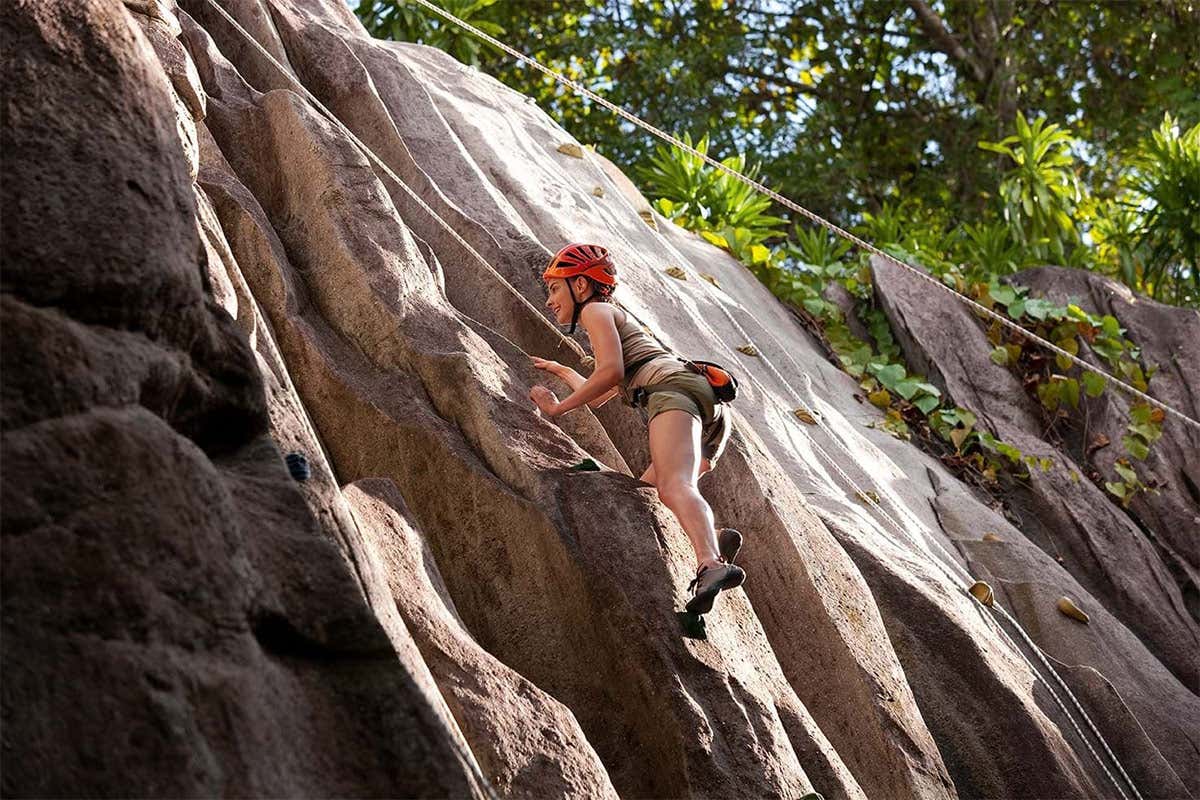
Solo climbing refers to rock climbing by oneself. If you want to solo rope climb, you can do so by tying your rope to an anchor at the top of the climb, which is simple to do either bouldering indoors or outdoors.
Which free solo climb is the highest?
El Capitan in Yosemite Valley is the tallest free solo climb in the entire globe.
How many fatalities are caused by rock climbing?
Between 1951 and 2012, there were 1,680 climbing-related deaths in the US. This amounts to about 30 on average per year.






